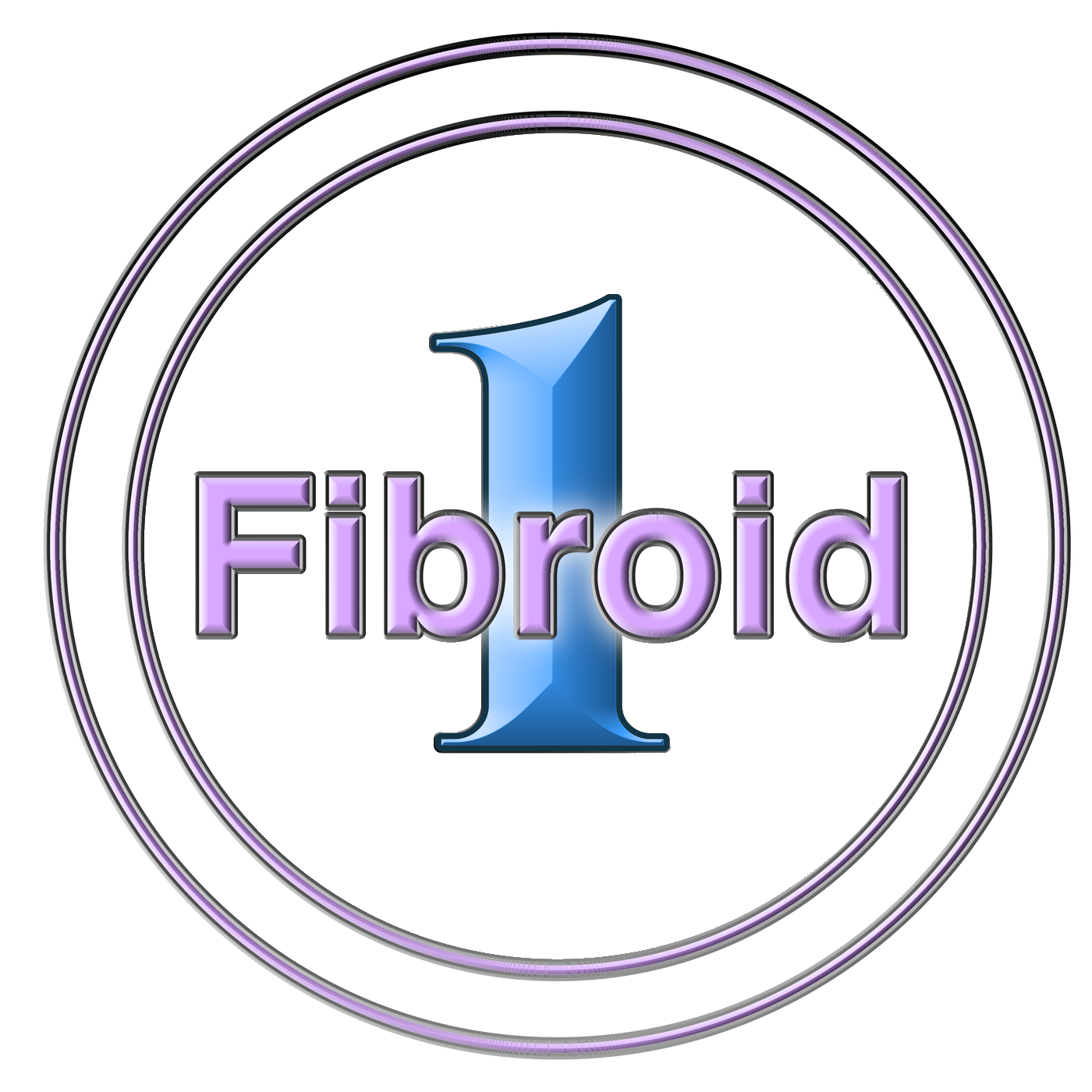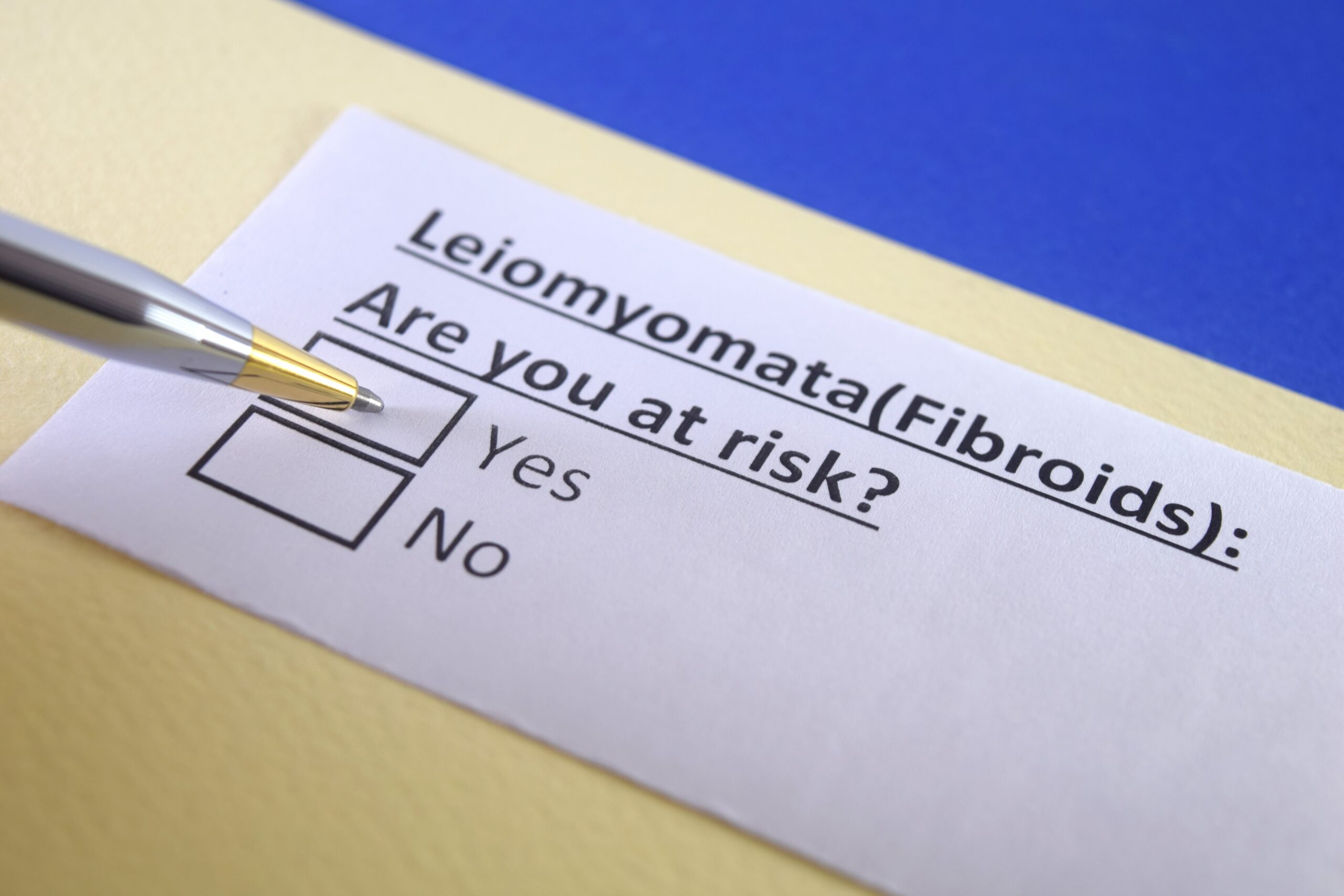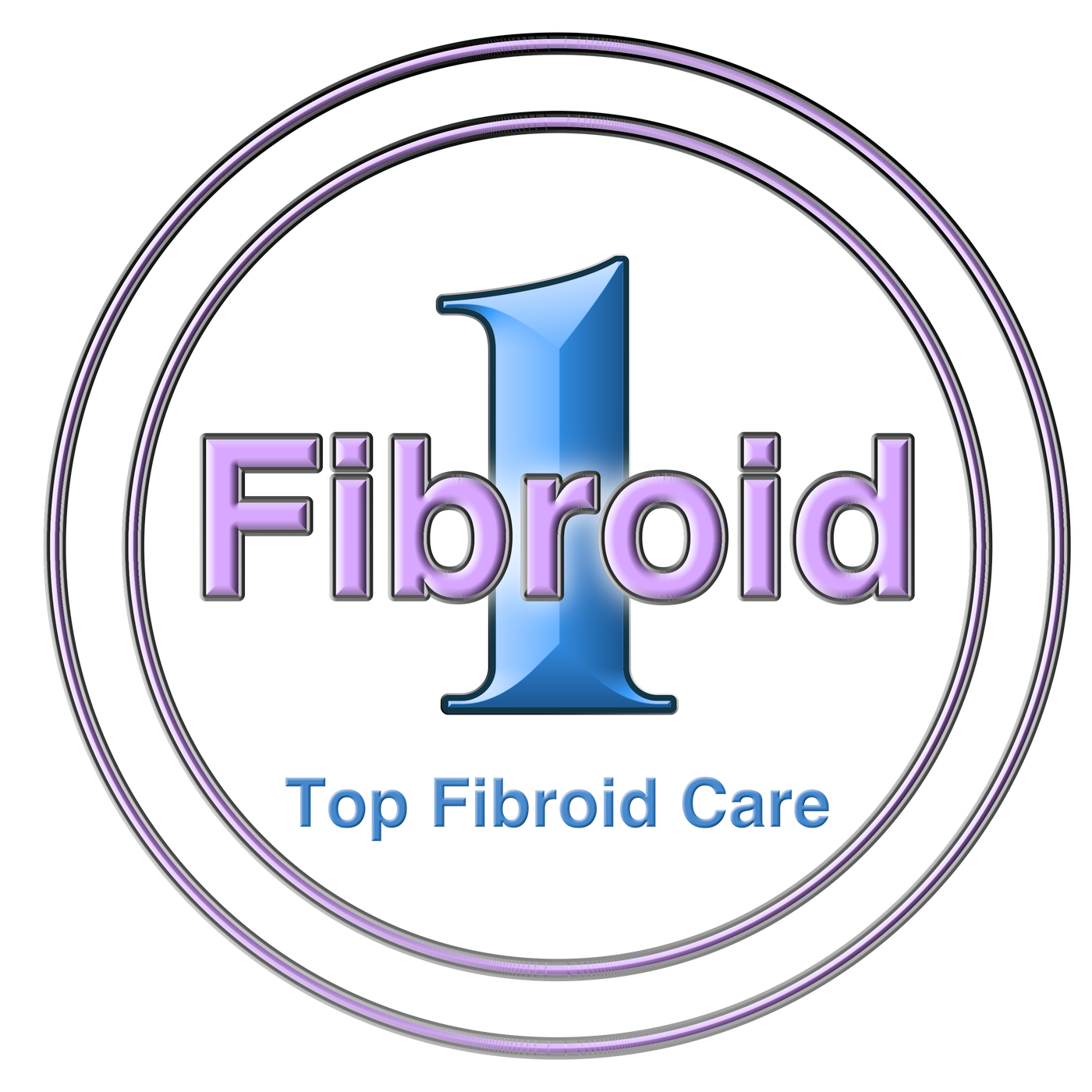Things That Can Increase the Risk of Uterine Fibroids
Uterine fibroids are non-cancerous growths that can develop in the uterus. They are common and usually harmless, but they can cause pain and discomfort for some women. Because of this, many women want to know if they can be prevented. While not all cases can be prevented, the best way to prevent uterine fibroids is to understand things that can put you at an increased risk of developing them. There are a number of things that can increase the risk of developing uterine fibroids. Some of these may be within your control, while others may not. Understanding these risk factors can help you make informed decisions about your health and potentially reduce your risk of developing this condition. Here’s what you need to know about the risks associated with uterine fibroids.
Genetics – if your mother or sisters had uterine fibroids, you’re more likely to get them as well

Genetics can play an important role in whether or not a woman will develop uterine fibroids. Research has found that if your mother, or any of your sisters, have been diagnosed with the condition, then you are three times as likely to develop the condition yourself. So don’t be afraid to talk to your female relatives about their health and any related issues they may have experienced so that you can get an idea of what may lie ahead for you. Remember: awareness is key when it comes to uterine fibroid risk factors!
Race – African American women are more likely to develop fibroids than women of other races
Uterine fibroids are fairly common, so it’s important to keep an eye out for risk factors that might increase our risk for them. Research has shown that African American women are more likely to develop fibroids than women of other races and ethnicities. They are also more likely to have severe symptoms, more fibroids, and/or larger fibroids. While it is not known why African American women are more likely to develop uterine fibroids, there are a few theories. For example, one theory is that African American women have higher levels of estrogen and lower levels of vitamin D. However, more research is needed to understand the relationship between these factors and the risk of fibroids. With that being said, it’s important to take the necessary steps – like getting regular screenings if deemed appropriate – to stay one step ahead when it comes to your health.
Obesity – being overweight can increase the risk of developing fibroids
One of the biggest risk factors for developing uterine fibroids is obesity – those who are overweight or obese are two to three times more likely to be affected by fibroids than their thinner counterparts. Excess weight puts additional strain on the body and leads to a greater production of certain hormones, making it an ideal environment for stem cells to develop into uterine fibroids. Eating a healthy, balanced diet and engaging in regular physical activity can help to keep existing fibroids at bay, as well as reduce the risk of developing them in the first place.
Diet – eating lots of red meat and high-fat dairy products has been linked to a higher risk of fibroids
If you’re looking for ways to reduce your risk of developing uterine fibroids, start at the dinner table. Although it is not exactly known how diet can increase or decrease the risk of fibroids, studies show that what you eat can affect your risk of developing fibroids. Eating diets high in red meat and full-fat dairy products has been linked to an increased risk of fibroids. Conversely, a diet high in fruits and vegetables has been found to decrease the risk of fibroids. To support your health and regulate hormones responsible for fibroid growth, try focusing on whole grains, fruits, green vegetables, lean proteins (like fish) and some healthy fats. Women who are vitamin D deficient are also at a higher risk of developing uterine fibroids. While changing up your diet might not be a cure-all for preventing fibroids, making small changes could make all the difference in supporting your body and your long-term health.
Age – the risk of developing fibroids goes up as you age
As we age, our risk of developing uterine fibroids increases. In fact, most women are diagnosed with uterine fibroids in their 30s and 40s. However, it is also important to note that fibroids do not affect women who have gone through menopause. This is because the decreased hormone levels associated with menopause cause fibroids to shrink, which alleviates any symptoms they may have caused.
Treatment Options
The good news is that there are a variety of treatment options available for uterine fibroids. In some cases, treatment may not be needed. However, if the fibroids are causing symptoms, then treatment may be recommended.
Here is a table showing the different treatments for uterine fibroids:
| Treatment | Description |
| Pharmaceutical Treatment | Hormonal medications such as birth control pills and GnRH agonists can help to shrink fibroids. |
| Hormone Therapy | Hormonal therapy, such as progesterone-releasing intrauterine devices (IUDs), can help regulate menstrual cycles and reduce fibroid-related symptoms. |
| Uterine Fibroid Embolization (UFE) | UFE is a minimally invasive procedure in which the blood supply to the fibroids is blocked, causing them to shrink. |
| Myomectomy | A surgical procedure in which the fibroids are removed from the uterus, preserving the uterus and allowing for future pregnancy. |
| Hysterectomy | A surgical procedure in which the uterus is removed, making it no longer possible to become pregnant. |
It’s important to discuss all the options with a doctor or specialist to determine the best treatment plan for each individual case.
In Conclusion
Uterine fibroids are more common than you might think – as many as 70-80% of women will develop them at some point in their lives. While they’re usually benign and don’t cause any symptoms, they can still be a nuisance. If you’re concerned about your risk factors, or if you’ve been experiencing symptoms like heavy menstrual bleeding, pelvic pain, or difficulty urinating, make an appointment to see a fibroid specialist. They’ll be able to confirm whether or not you have fibroids and discuss treatment options with you.












